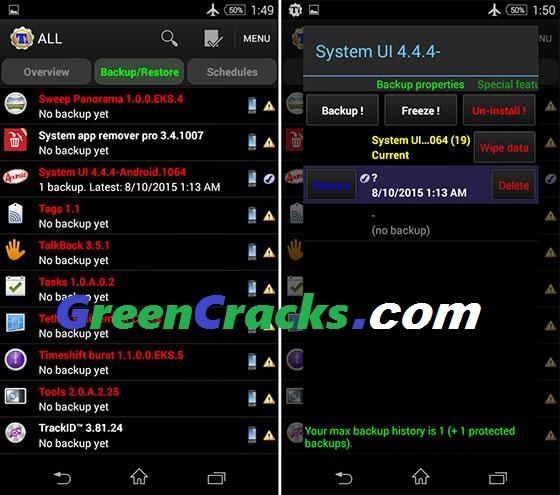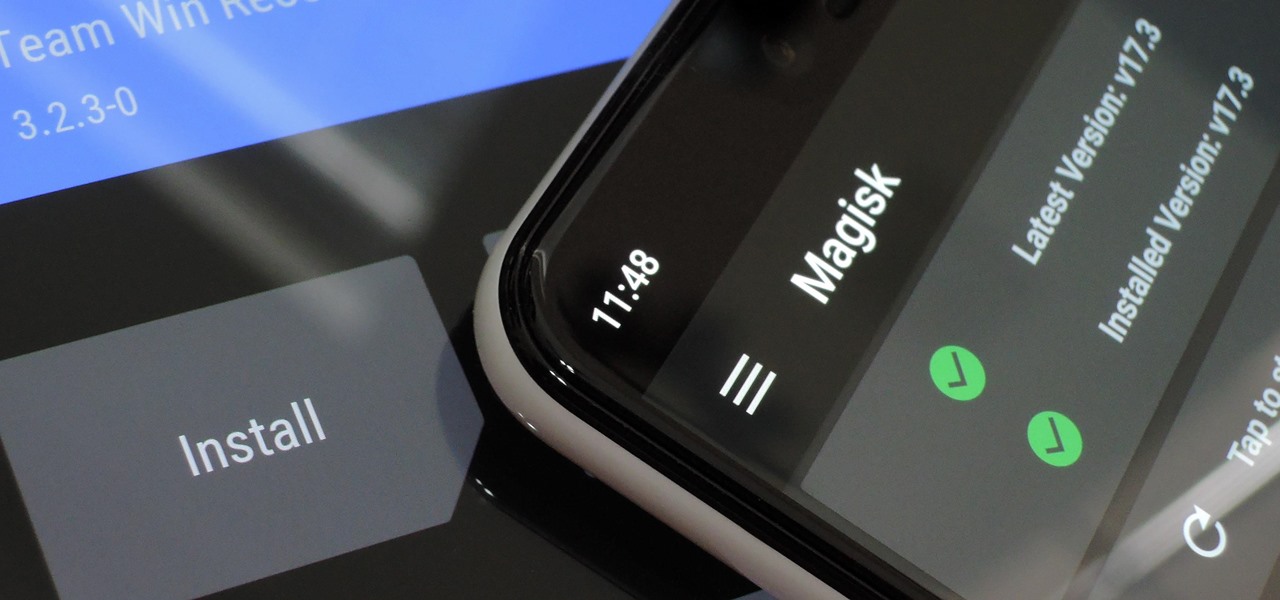

If you need more details on anything I've mentioned, I suggest searching first - we have lots of questions on rooting, backups, Nandroid / Clockwork / ROM Manager, and Odin. You can use a tool called Odin to reflash the original firmware as long as you've found it for download somewhere. That said, with a Samsung device you don't need to do this. ClockworkMOD, via ROM Manager) that will let you create a Nandroid backup of the full ROM. If you root first, you can install a custom recovery (e.g. When you flash a ROM that's rooted, your device will be rooted if the ROM is not rooted, the device will not be rooted. (You can flash via Odin without root, but you need ROM Manager, which needs root, or something to flash if you don't use Odin). You should flash the ROM first, unless you need root in order to flash it.

In spite of the wifi configuration or mobile data configuration (through APN) is set to proxy none, this global configuration is onlye change through adb shell It is explained in How to set Wi-Fi HTTPS proxy, not HTTP, via adb shell? The command is running in adb shell:Īdb shell settings put global http_proxy :0 Setting Global Proxy for Android VMĪs non rooted device, MobSF fails ( Error Running ADB Command) but it succedded in changing the global proxy setting ( Setting Global Proxy for Android VM) Make sure a Genymotion Android x86instance is running MobSFying the android runtime environment The tool works with genymotion emulators () but if the device is connected, MobSF starts to setup a testing environment in the smartphone. In the option of dynamic analysis, my cellphone was connected to the PC through USB. It is a set of tools to analyse mobile apps. I was working with Mobily Security Framework (). If that completes, run a RESTORE DATABASE command to actually restore the database onto the target SQL Server.

Once you have the zip/rar file copied to your host, uncompress it using your compression utility of choice, then run RESTORE VERIFYONLY to ensure the target SQL Server can read the entire backup. Do not even attempt to restore the database if the FTP transfer does not complete, since SQL Server will not be able to read the backup file. Send the file to your host using a reliable FTP program, or preferably SecureFTP or SSH, ensuring you set the session to allow binary transfers prior to sending the file. Once you have the database backup completed, use 7Zip or WinRAR to compress the backup file even further. Use the optional WITH COMPRESSION parameter to ensure SQL Server compresses the backup, and use the INIT option to ensure the target backup file only contains a single backup. Instead of using SQL Server SMO code to do a backup of the database, use the T-SQL BACKUP DATABASE command by connecting to the source SQL Server instance using either SQL Server Management Studio (free download) or sqlcmd.exe.


 0 kommentar(er)
0 kommentar(er)
